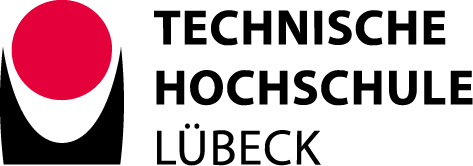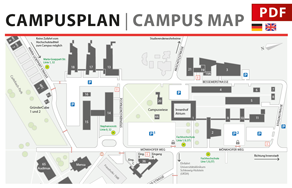Dieses CoSA-Seminar findet am 25.10.2021 um 11:45 Uhr als hybride Veranstaltung in Präsenz im Raum 18-01.01 und virtuell über BBB Greenlight: CoSA - Seminar statt.
Zur Teilnahme in Präsenz bitten wir vorab um Anmeldung unter https://terminplaner4.dfn.de/LfNbXB33HkO9MD99, da die Anzahl der Teilnehmer in Präsenz auf 15 Teilnehmer begrenzt ist.
Die Webkonferenz wird ab ca. 11:30 Uhr für die Teilnehmer freigeschaltet.
Wir haben folgende Vorträge geplant:
- Marco Cimdins: Flexible Data Acquisition with LoRaWAN and MQTT for Small and Medium-sized Enterprises
- Sven Ole Schmidt: Detection and Identification of Multipath Interference with Adaption of Transmission Band for UWB Transceiver
Die Vorträge dauern ca. 20 Minuten mit anschließend 10 Minuten Diskussion. Wir freuen uns auf eine rege und aktive Teilnahme.
Wenn Sie auch einmal einen Vortrag anbieten möchten, kontaktieren Sie uns gerne (fabian.john(at)th-luebeck.de).
Marco Cimdins: Flexible Data Acquisition with LoRaWAN and MQTT for Small and Medium-sized Enterprises
Small and medium-sized enterprises require a flexible solution for data acquisition and visualization. Measurements are e.g. production parameters, states of machines, the position of a device or product, sensor values such as temperature or humidity, occupancy of a workstation. In this paper, we provide a portable small-scale solution for distributed data acquisition, data aggregation, transmission, and visualization. The system employs a message queuing telemetry transport (MQTT) broker that enables cross-system transmission of data with the publish/subscribe pattern. Data is saved in databases and visualized in dashboard platforms. For the deployment of external sensors, we suggest a long-range wide area network (LoRaWAN) as a cost-effective wireless infrastructure for battery-powered wireless sensors. We implement a complete small-scale, portable solution sufficient for home office applications and small offices. The components such as the MQTT broker and the dashboard form the base for a complete solution and provide a framework for further process optimization. Furthermore, we provide a performance evaluation of the proposed system for the MQTT-based data transfer. Additionally to numerous LoRaWAN sensors, the system is able to handle approx. 5000 MQTT messages per second with a payload smaller than 1000 Bytes.
Sven Ole Schmidt: Detection and Identification of Multipath Interference with Adaption of Transmission Band for UWB Transceiver
In modern industrial wireless applications, communication between sensor nodes is indispensable. In the last years, ultra-wideband or UWB systems evolved for both data transfer and localization. Due to multipath propagation, a received RF signal is often a superposition of multiple echoes of the transmit signal, reflected on walls and other obstacles. The limited bandwidth of the transmit signal leads to constructive or destructive interference between the single signal echoes. An analysis of multipath propagation is challenging since interference is hard to detect, even for UWB signals. Therefore, we develop an interference model for adaptive UWB transmission bands and simulate the effects of interference. For reliable detection of multipath interference, we suggest adapting the transmission bands to vary the result of the interference. By applying the Search Subtract and Readjust-Algorithm of Falsi et al. in 2006, we achieve a reliable identification of signal echoes with improved resolution accuracy depending on the transmission bandwidth. For real systems with limited bandwidth, we assemble received signals of multiple distinct adjacent transmission bands, e.g., the UWB channels, to increase the bandwidth and thereby the resolution accuracy. We evaluate our approach by measurements and found that the resolution for correct identification of interfering signal echoes is improved from 2:32 ns to 0:78 ns by assembling signals from three transmission bands.

